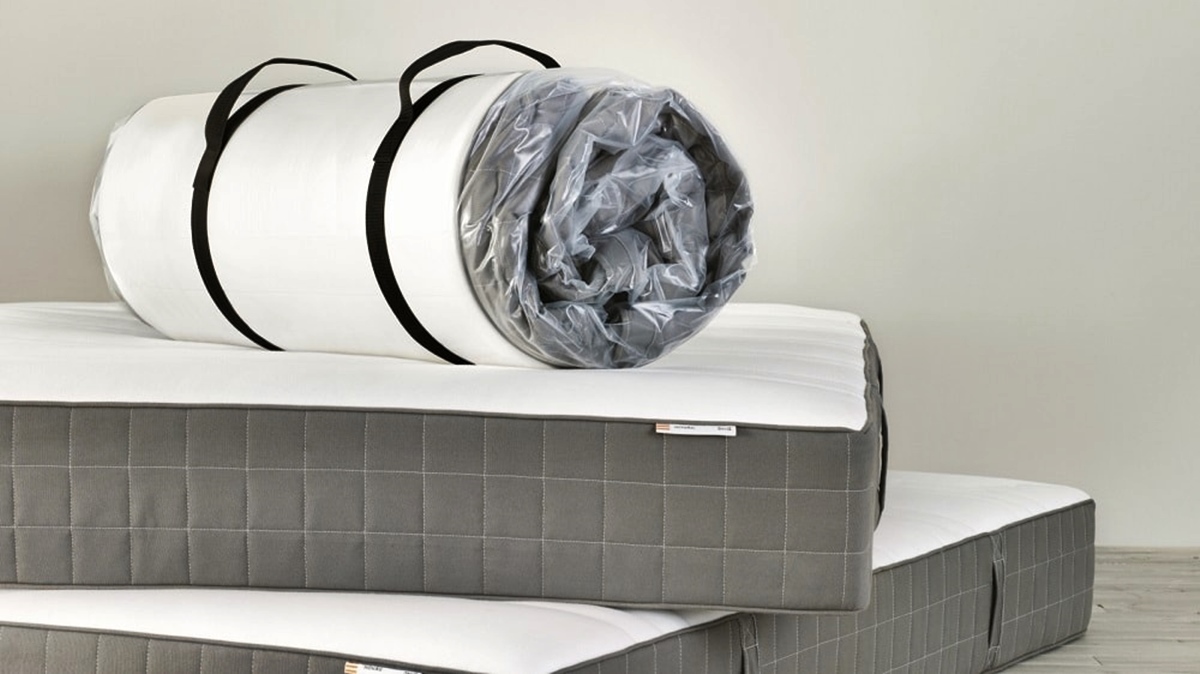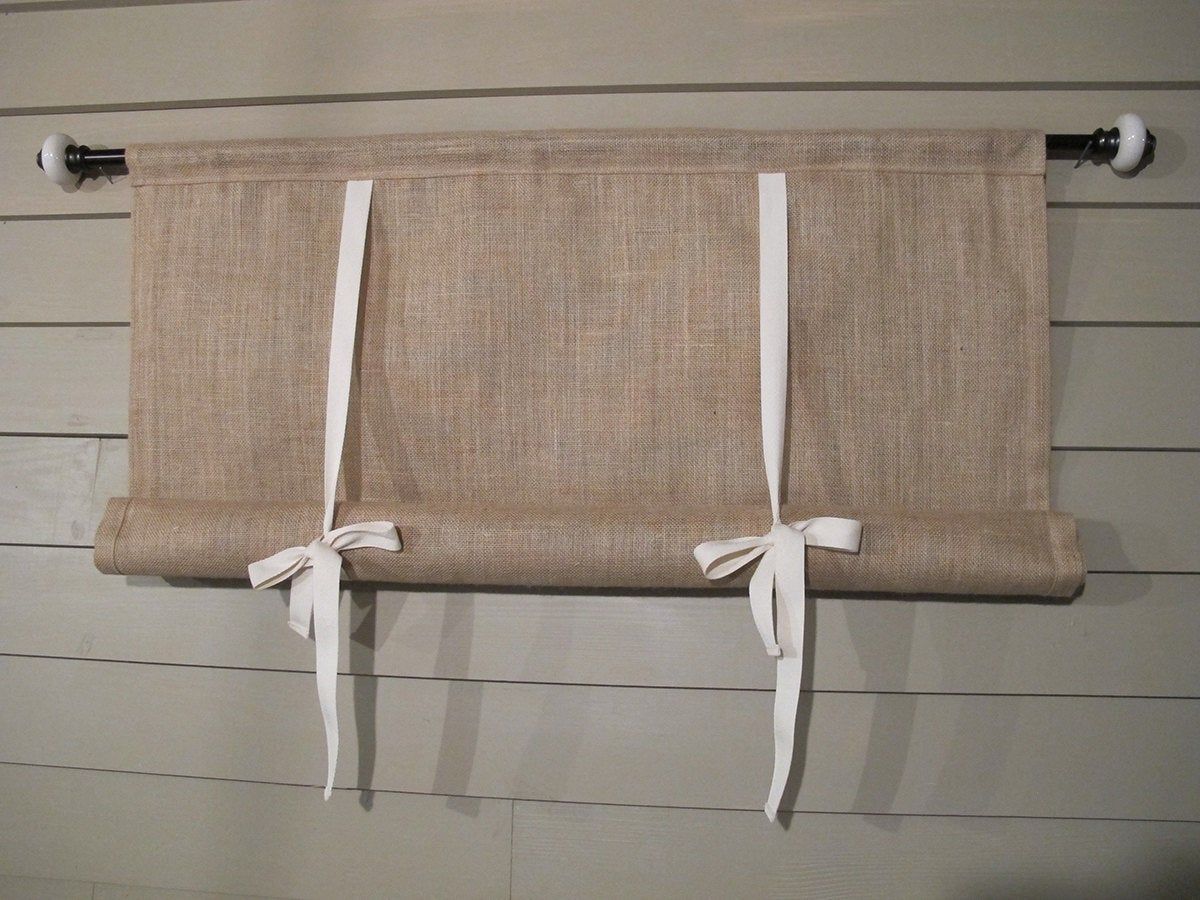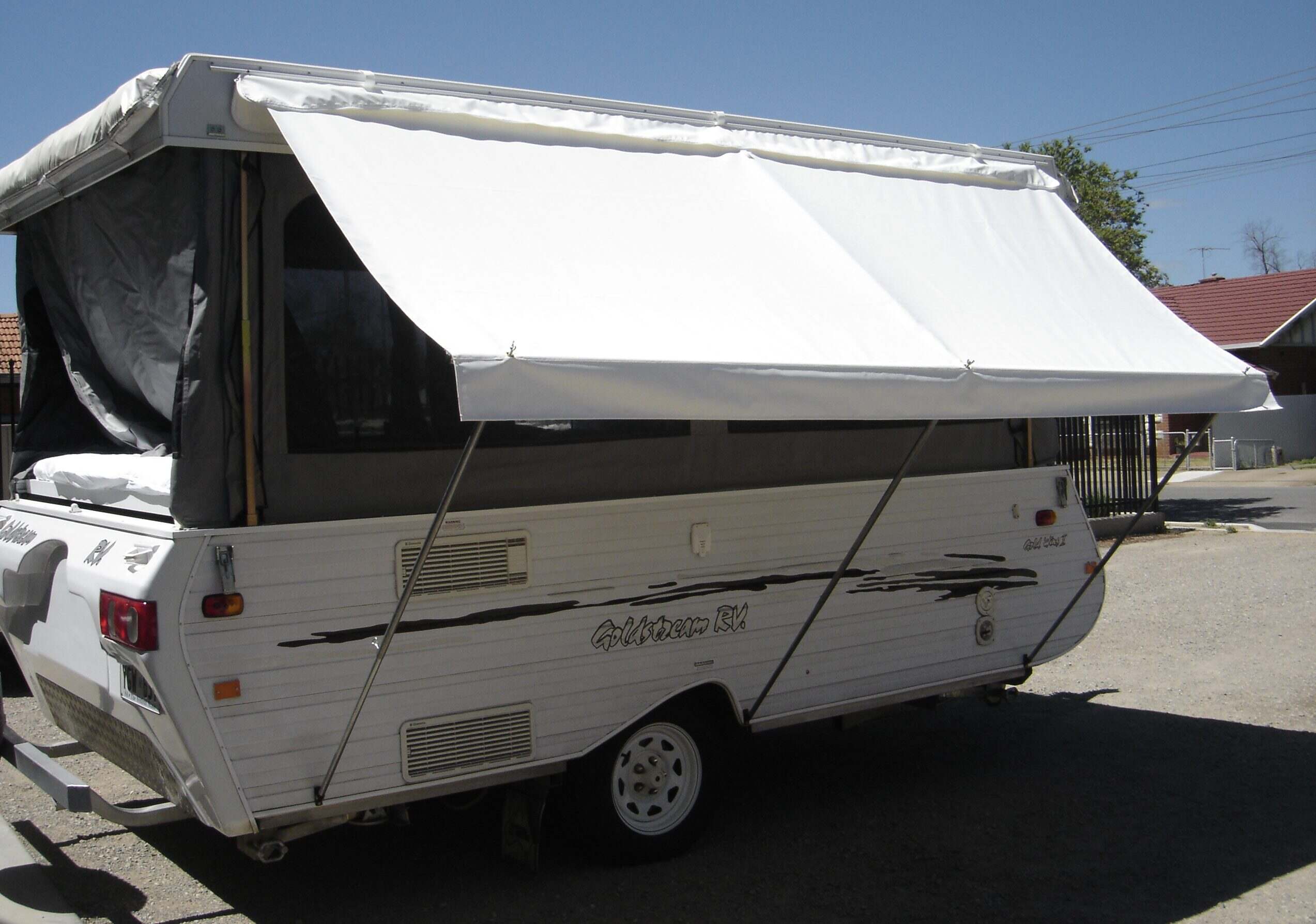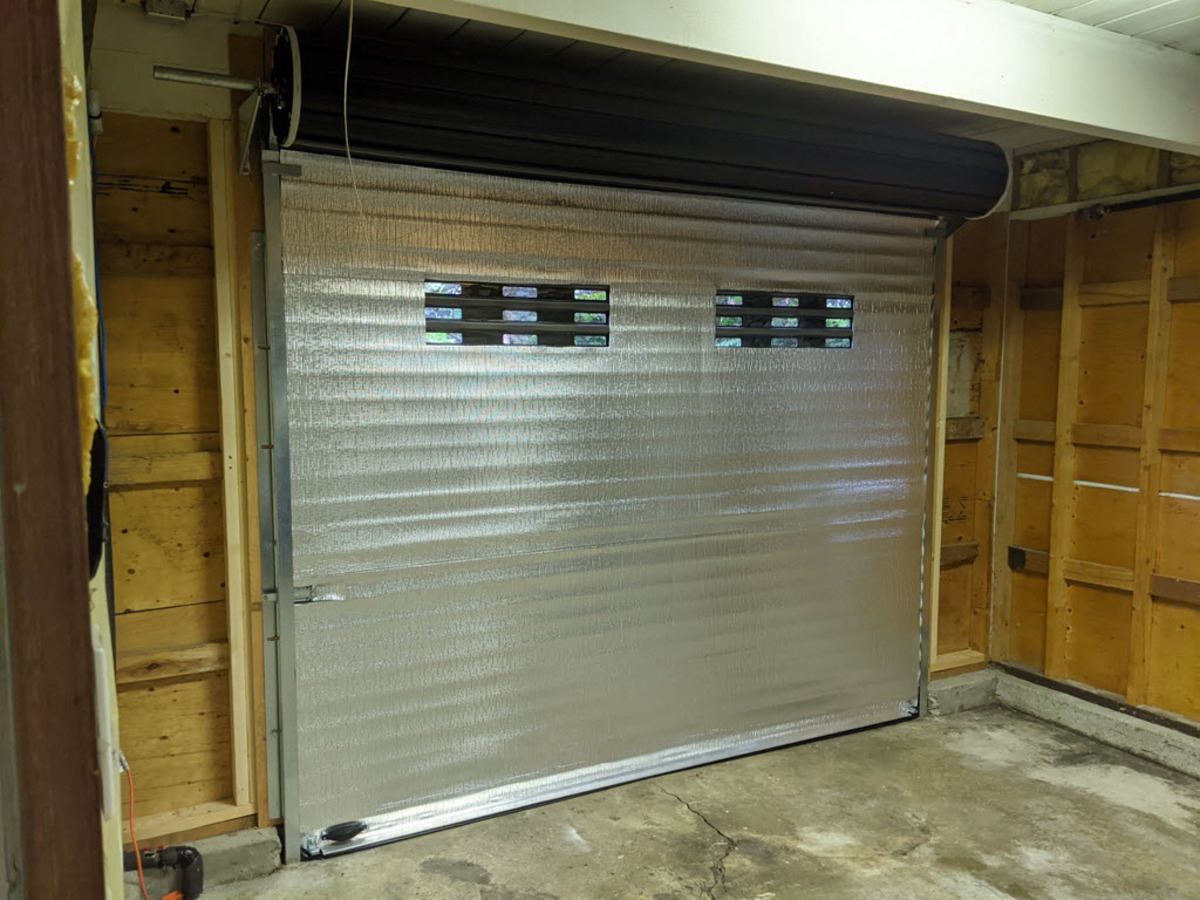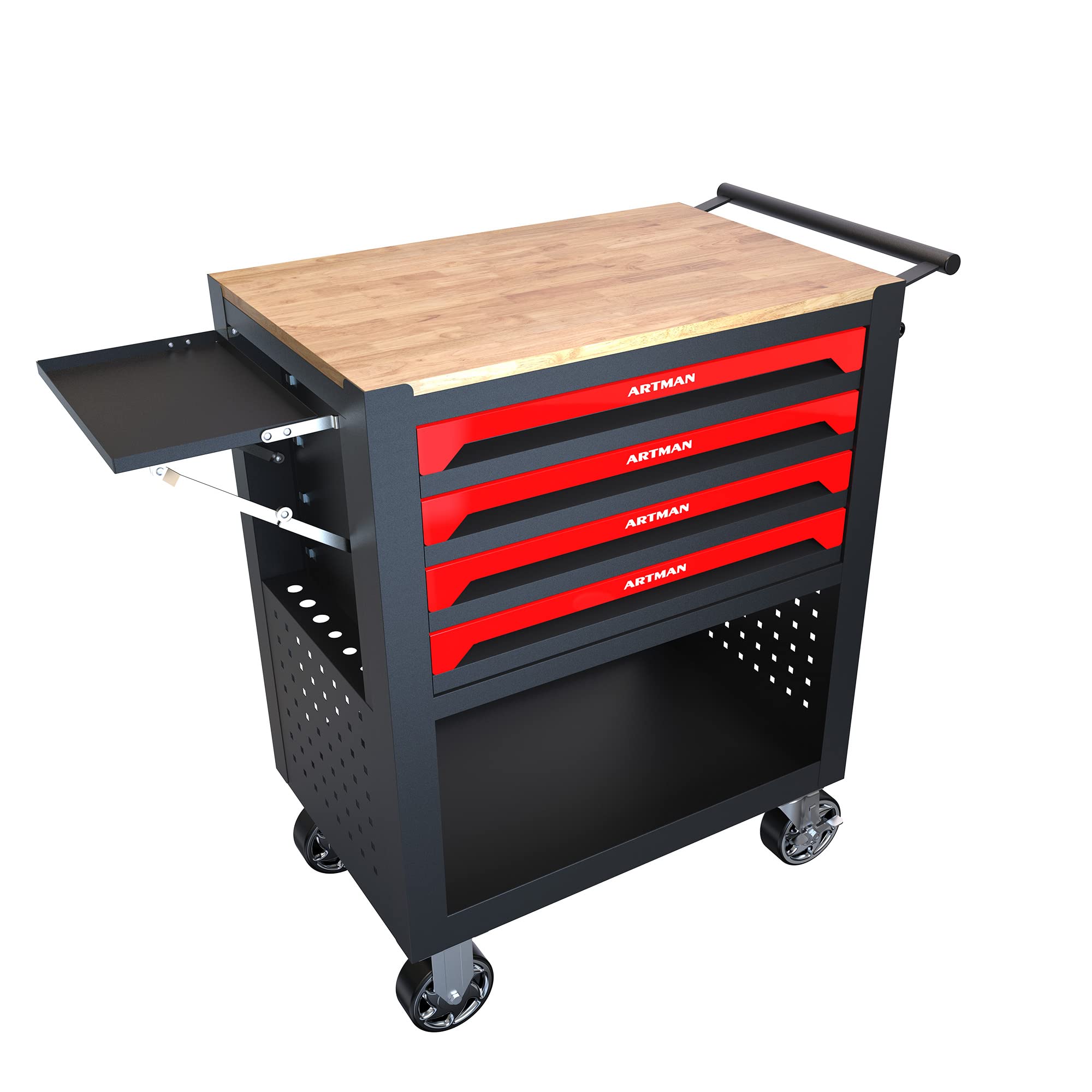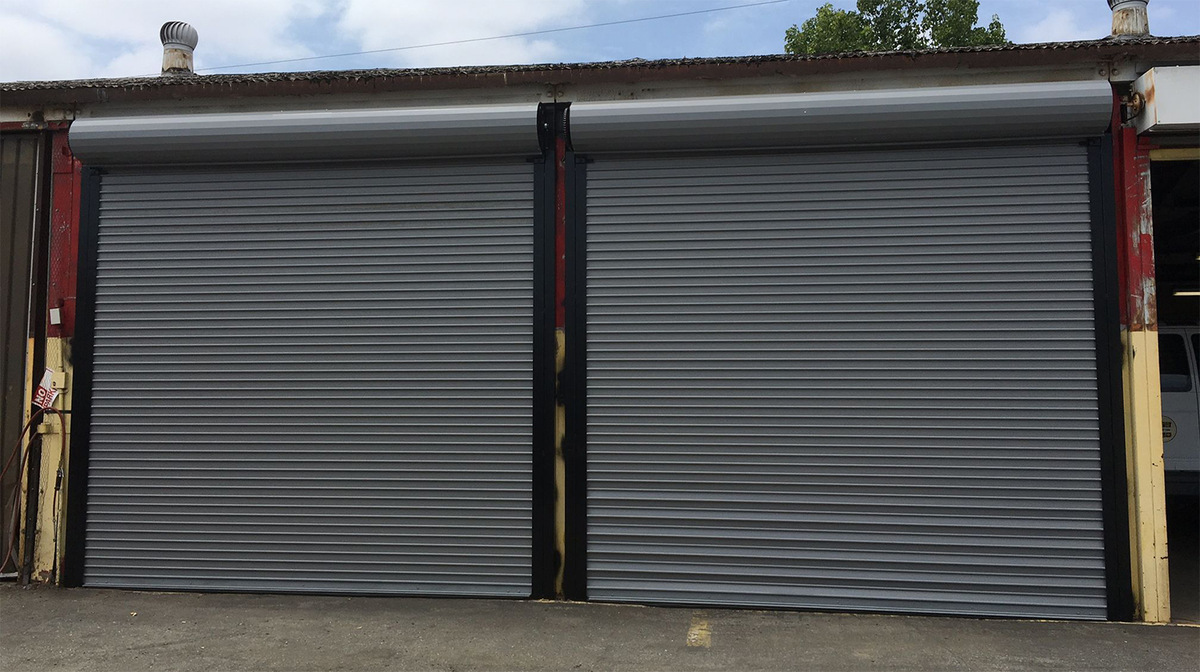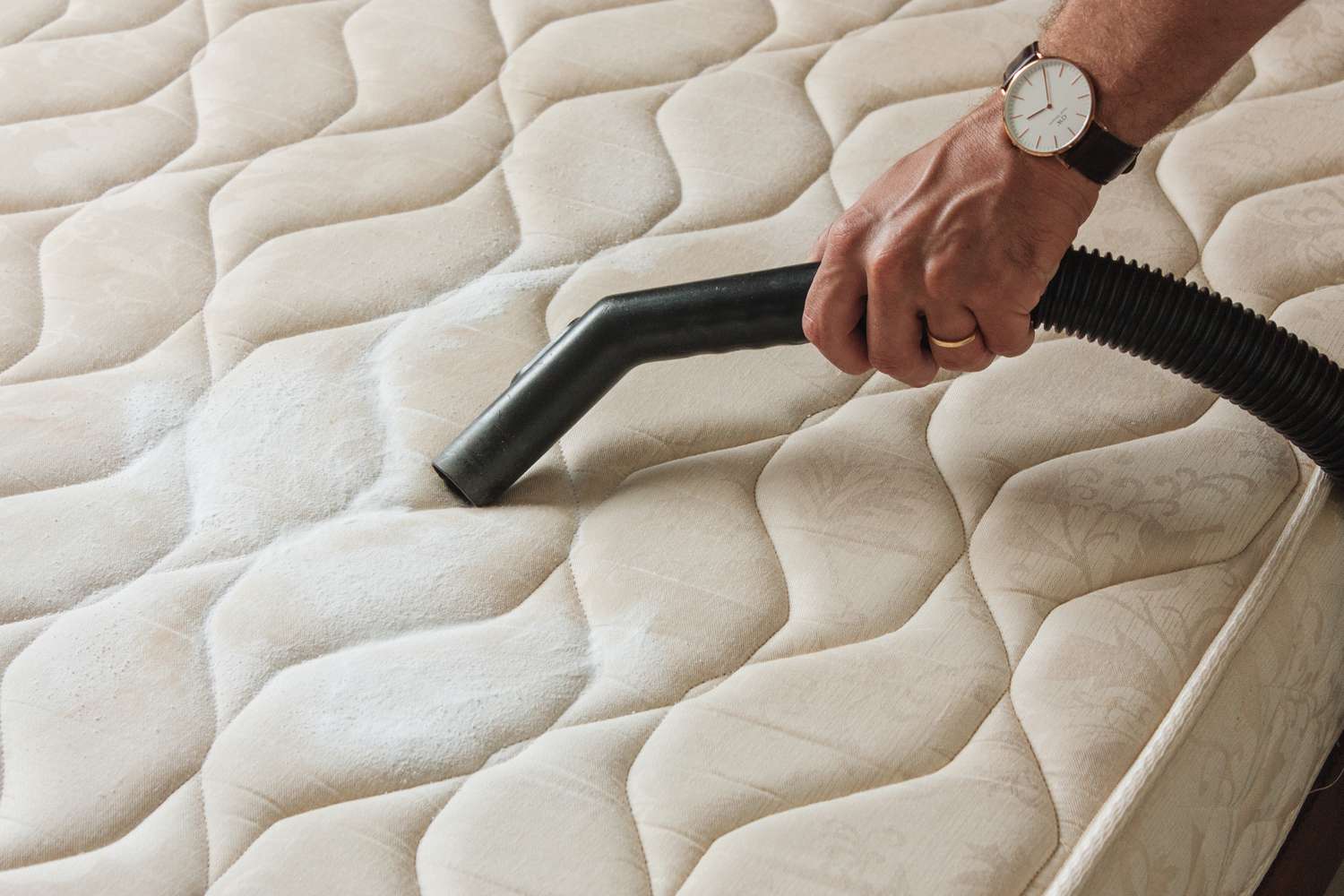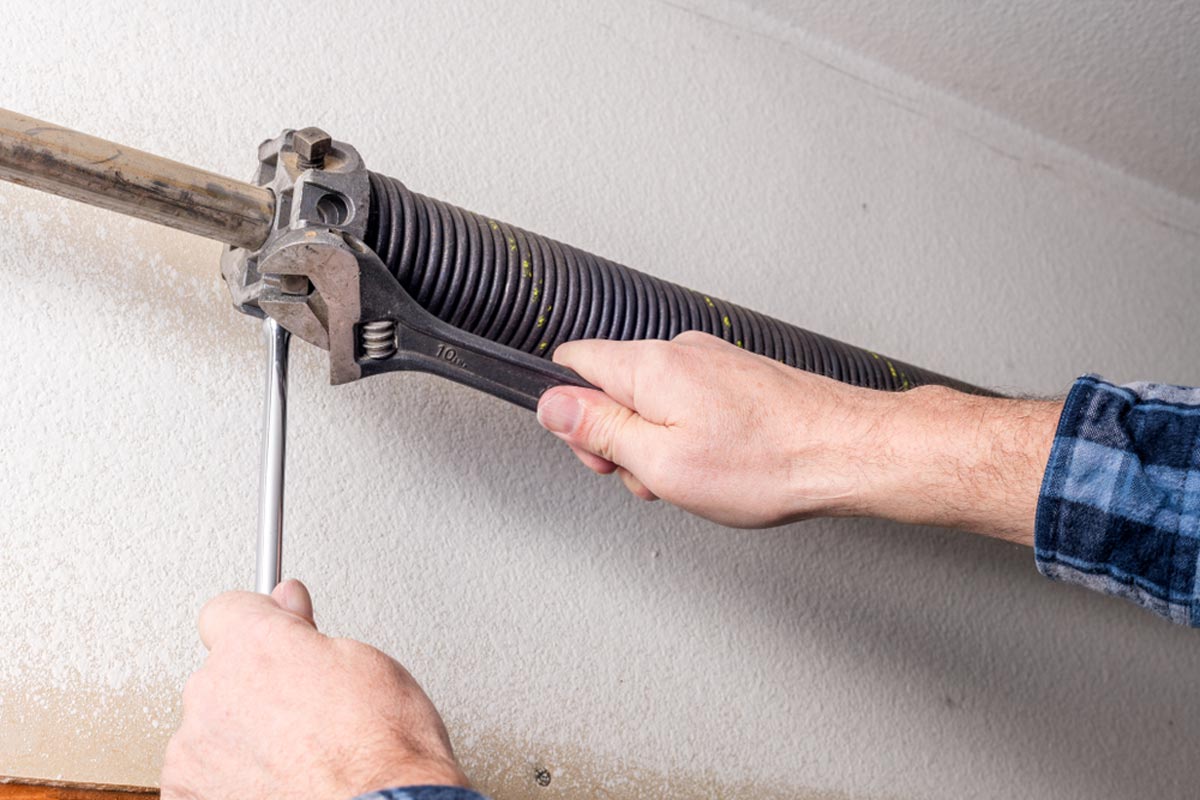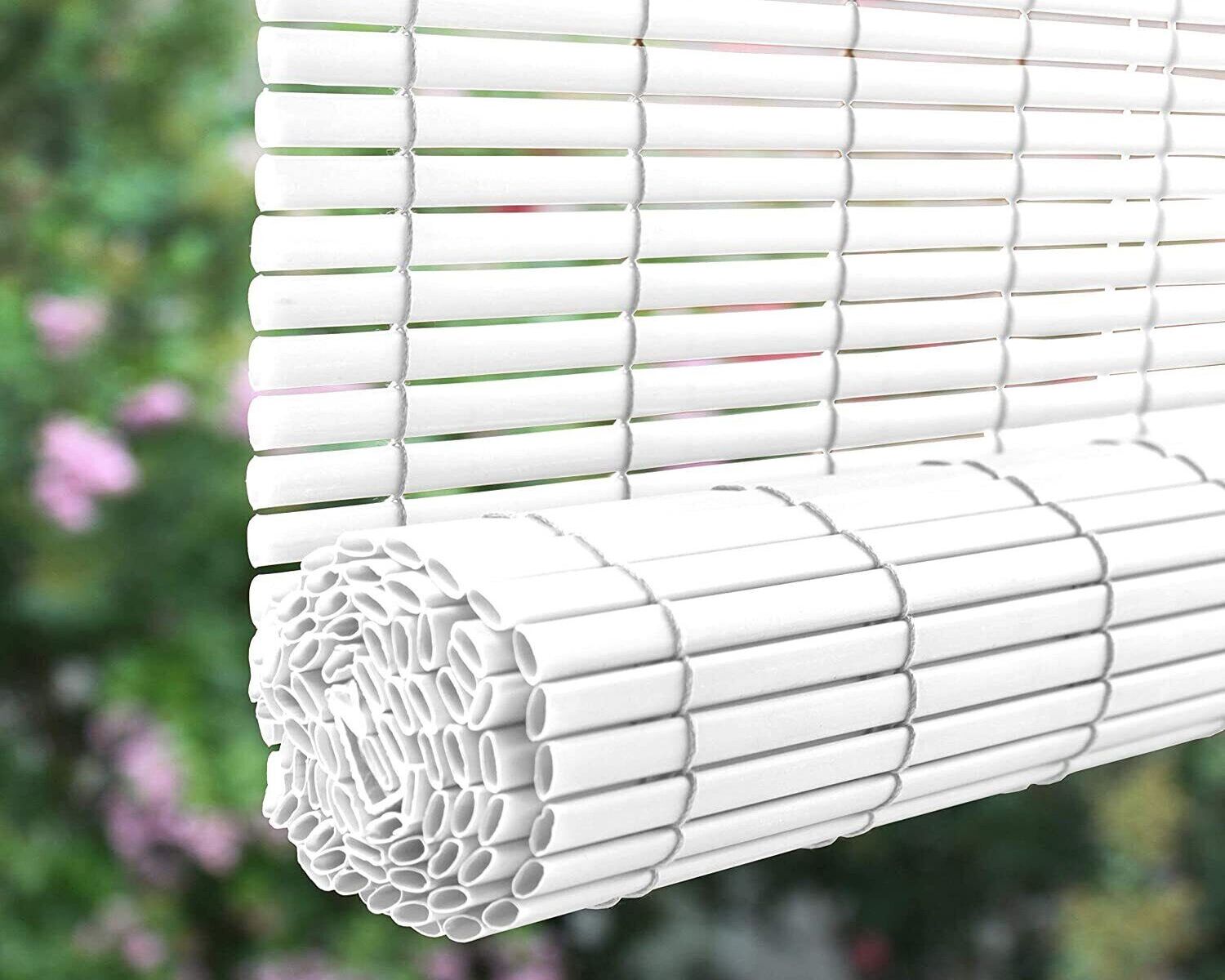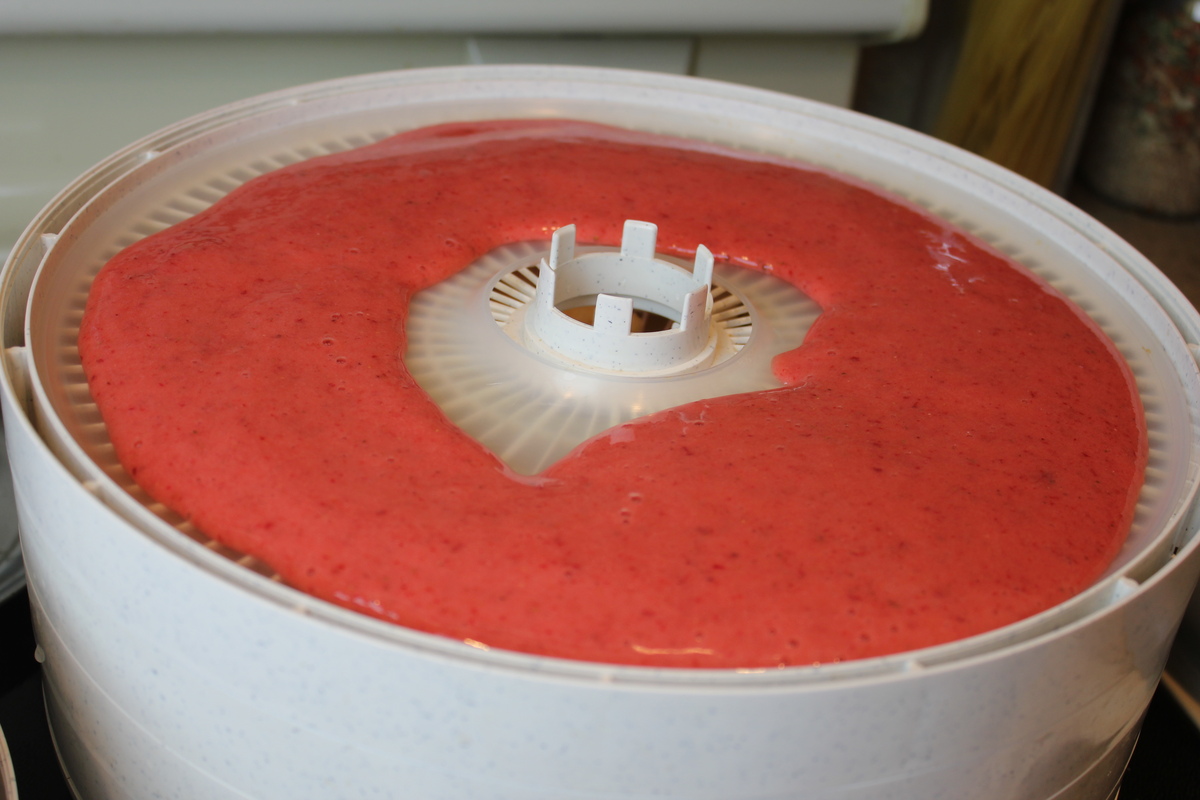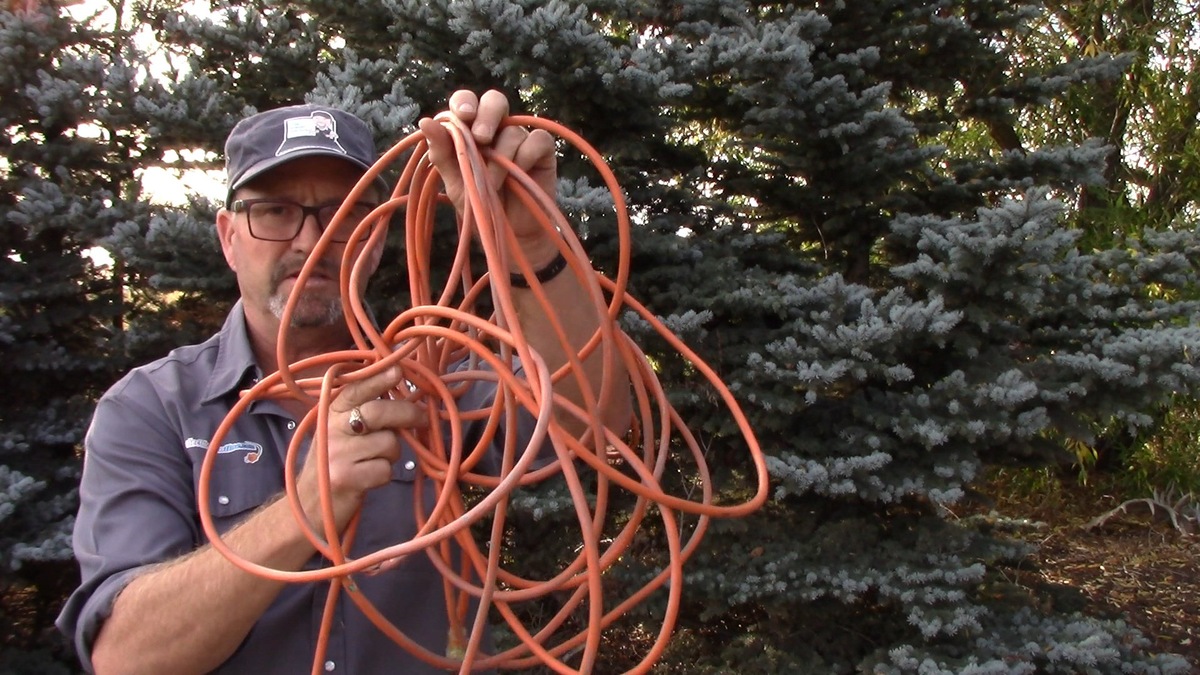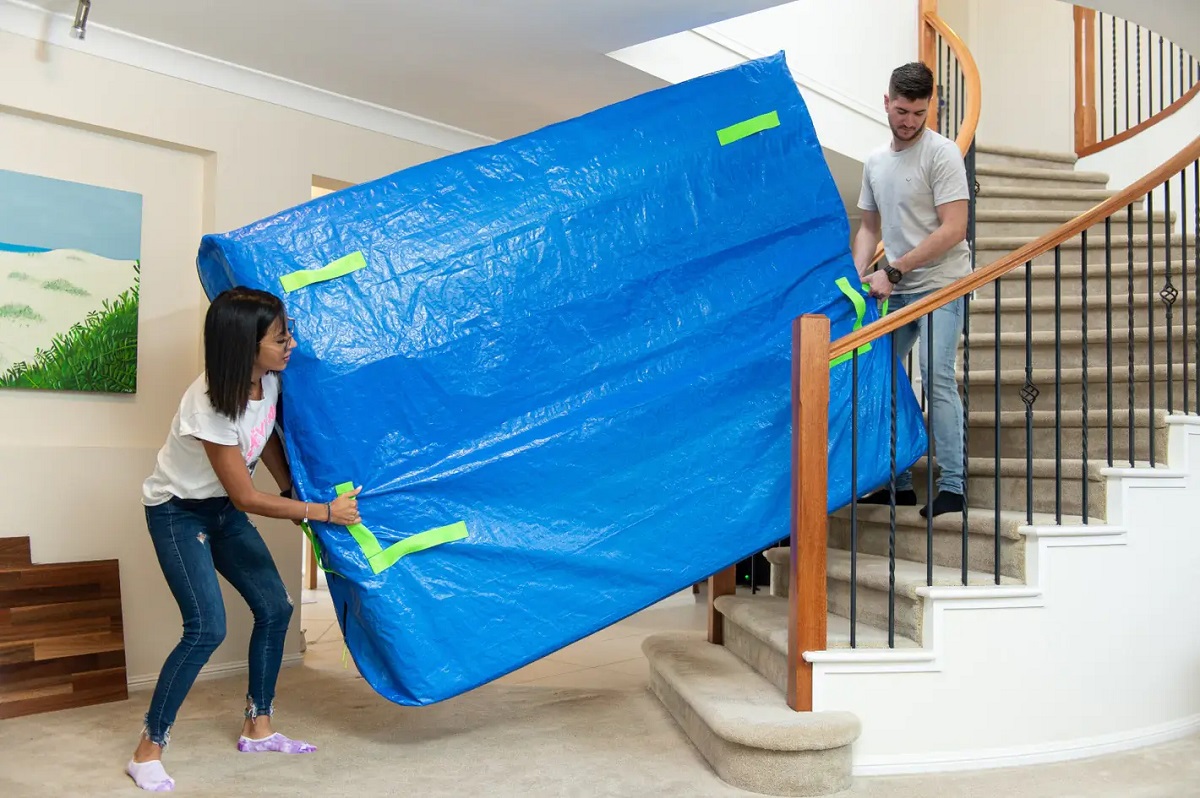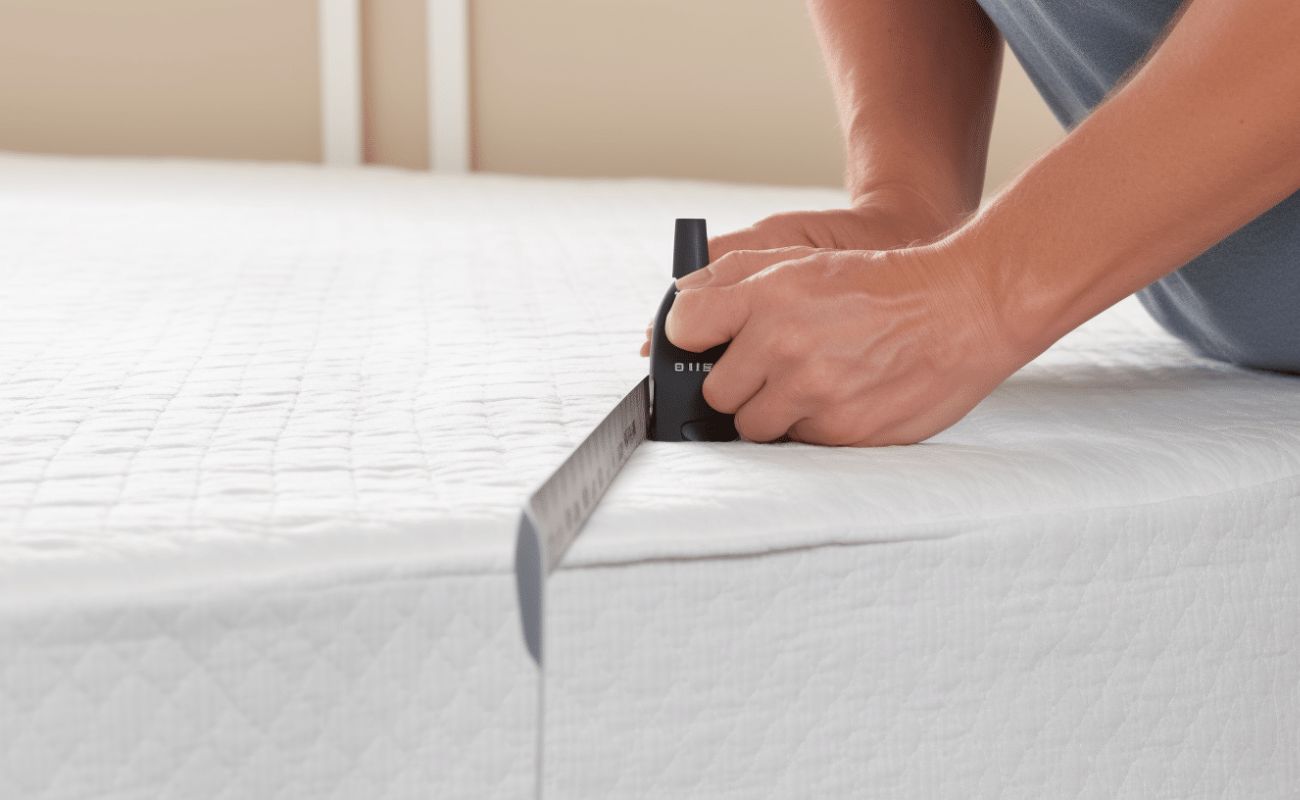Home>Furniture>Bedroom Furniture>How To Roll Up A Mattress
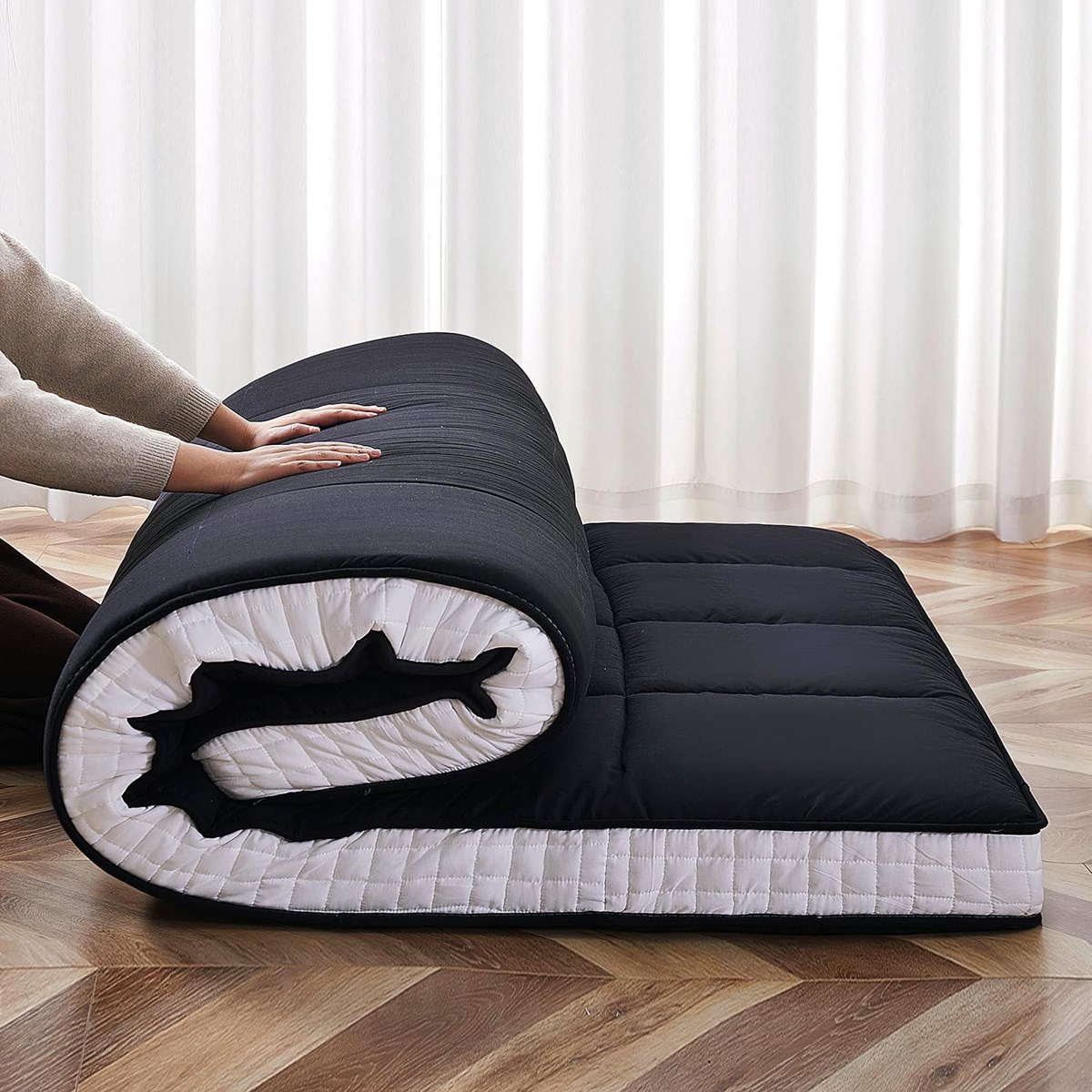

Bedroom Furniture
How To Roll Up A Mattress
Modified: October 19, 2024
Learn how to easily roll up your mattress for convenient storage and transportation. Find helpful tips and techniques for proper mattress folding in your bedroom furniture.
(Many of the links in this article redirect to a specific reviewed product. Your purchase of these products through affiliate links helps to generate commission for Storables.com, at no extra cost. Learn more)
Introduction
Having a mattress that is easy to move and store can be a real game-changer, especially if you find yourself frequently moving or if you simply need to create extra space in your bedroom. Rolling up a mattress can save you time, energy, and even money by allowing you to transport it more easily and efficiently. In this article, we will guide you on how to roll up a mattress effectively while ensuring its longevity and keeping it clean throughout the process.
Whether you have a memory foam, hybrid, or traditional spring mattress, the process of rolling it up can be simplified with a few key steps. By following the techniques outlined in this guide, you’ll be able to roll up your mattress like a pro.
Before we dive into the specifics, it’s crucial to note that not all mattresses are designed to be rolled up. Foam-based mattresses, such as memory foam or latex, are typically more flexible and suitable for rolling. However, mattresses with innerspring coils or advanced support systems may not be suitable for rolling, as this can damage the internal structure.
Additionally, it’s important to consider the size and weight of your mattress. Larger or heavier mattresses may require additional assistance during the rolling process. If you’re unsure about whether your mattress is suitable for rolling or if you need assistance, it’s best to consult the manufacturer’s guidelines or seek professional advice.
Now that we’ve covered the basics, let’s explore the step-by-step process of rolling up a mattress in the next section.
Key Takeaways:
- Rolling up a mattress is a practical solution for moving and creating space in your bedroom. Proper preparation, cleaning, and securing are essential for maintaining the mattress’s longevity and cleanliness.
- Not all mattresses are suitable for rolling, so it’s crucial to check the manufacturer’s guidelines and the mattress type before attempting to roll it up. Rolling up a mattress can be a game-changer for frequent movers and space-saving enthusiasts.
Read more: How To Roll Up A Carpet
Preparing the Mattress
Before you begin rolling up your mattress, it’s important to prepare it properly to ensure a smooth and hassle-free process. By following these steps, you’ll be able to avoid any unnecessary damage or strain on the mattress.
1. Remove Bedding and Accessories: Start by taking off all bedding, including sheets, pillowcases, and mattress protectors. Remove any accessories such as mattress toppers or mattress pads and set them aside for cleaning or packing separately. This will make the rolling process much easier and prevent any items from getting tangled or damaged.
2. Clear the Area: Ensure that the area where you plan to roll up the mattress is clear of any obstacles or sharp objects. Clearing the space will give you enough room to maneuver the mattress without the risk of bumping into furniture or walls. It’s also a good idea to lay a clean sheet or blanket on the floor to keep the mattress surface clean and free from dirt or debris.
3. Clean the Mattress: Take the opportunity to give your mattress a thorough cleaning before rolling it up. Use a vacuum cleaner with a brush attachment to remove any dust, dirt, or allergens from the surface. If there are any stains or spills, follow the manufacturer’s instructions for spot cleaning or use a mild detergent mixed with water. Allow the mattress to dry completely before proceeding to the next step.
4. Check for Damage: Inspect the mattress for any signs of damage, such as tears, sagging, or broken springs. Rolling up a damaged mattress can worsen the condition and make it difficult to use or store properly. If you notice any significant damage, it may be best to reconsider rolling it up and instead opt for professional assistance or a different storage method.
By taking the time to prepare your mattress correctly, you’ll ensure that it remains in good condition throughout the rolling process. Now that your mattress is ready, let’s move on to the next section, where we will guide you on how to roll it up effectively.
Removing Bedding and Accessories
When it comes to rolling up a mattress, the first step is to remove all bedding and accessories. This includes sheets, pillowcases, mattress protectors, mattress toppers, and any other items you may have added for comfort or protection. By removing these items, you’ll create a clean and streamlined surface to work with, making the rolling process much easier.
Start by stripping off all the bedding from the mattress. Fold and set aside any sheets, pillowcases, or blankets that you intend to reuse. It’s a good idea to wash and store them separately from the rolled-up mattress to keep them clean and free from any potential dust or dirt.
Next, remove any mattress protectors or covers. These are designed to keep your mattress safe and clean, but they can interfere with the rolling process. Carefully detach them from the mattress and set them aside. If the protector or cover is washable, follow the manufacturer’s instructions for cleaning before storing.
If you have added a mattress topper or pad for added comfort, remove it as well. These may include memory foam toppers, latex toppers, or featherbeds. Shake them out to remove any dust or debris, and then fold them neatly for separate storage.
Once all the bedding and accessories have been removed, take a moment to inspect the mattress for any loose threads, buttons, or other small items that could get caught or tangled during the rolling process. Remove and secure them safely to prevent any damage to the mattress or tangling while rolling.
By thoroughly removing all bedding and accessories, you ensure a clean and unobstructed surface for rolling up the mattress. Now that you have a clear mattress, let’s move on to the next step: clearing the area for a smooth rolling process.
Clearing the Area
Before you start rolling up your mattress, it’s important to clear the area where you’ll be working. This step ensures that you have enough space to maneuver the mattress and minimizes the risk of any accidents or damage to furniture or walls. Clearing the area also helps create a safe and obstacle-free environment for the rolling process.
Here are a few steps to follow when clearing the area:
1. Move Furniture: If there is any furniture, such as bedside tables or chairs, near the mattress, move them to another area of the room. This will create more space for you to work and prevent any accidental bumps or damage to the furniture during the rolling process.
2. Check for Obstacles: Inspect the floor around the mattress for any objects that could interfere with the rolling process. This includes items like shoes, toys, or loose cables. Remove any potential obstacles to ensure a smooth and uninterrupted rolling motion.
3. Protect Walls and Corners: Take extra precautions to protect walls, corners, and door frames from potential scratches or damage. You can use padding or moving blankets to cover any vulnerable areas that the mattress might come into contact with during the rolling process.
4. Lay a Clean Surface: Lay a clean sheet or blanket on the floor where you will be rolling up the mattress. This will provide an additional layer of protection for the bottom of the mattress and keep it clean during the process. It also makes it easier to slide or maneuver the mattress while rolling.
By taking the time to clear the area, you’ll create a safe and spacious environment for rolling up your mattress. Now that the area is ready, let’s move on to the next step: cleaning the mattress before rolling it up.
When rolling up a mattress, start by removing any bedding and pillows. Then, carefully fold the mattress in half lengthwise and roll it tightly from the foot of the bed to the head. Use straps or ties to secure the rolled mattress for easier transport.
Cleaning the Mattress
Before you begin the process of rolling up your mattress, it’s essential to clean it thoroughly. Cleaning the mattress not only helps maintain its hygiene but also ensures that no dirt or debris is trapped inside during the rolling process. By following the steps below, you can effectively clean your mattress before rolling it up.
1. Vacuum the Surface: Start by using a vacuum cleaner with a brush attachment to remove any loose dust, dirt, or allergens from the surface of the mattress. Move the vacuum across the entire mattress, paying particular attention to the seams, corners, and edges. This will help remove surface-level debris that could potentially be trapped inside the rolled-up mattress.
2. Spot Clean Stains: If there are any visible stains or spills on the mattress, it’s important to address them before rolling it up. Check the manufacturer’s guidelines for specific cleaning instructions or use a mild detergent mixed with water to spot clean the stains. Gently sponge the affected area using a clean cloth or sponge, being careful not to saturate the mattress. Allow the cleaned area to air dry completely before proceeding to the next step.
3. Deodorize (Optional): If your mattress has developed any unpleasant odors over time, you may want to deodorize it before rolling it up. Sprinkle a thin layer of baking soda evenly over the entire surface of the mattress and let it sit for several hours, ideally overnight. The baking soda will help absorb and neutralize any odors. Vacuum the baking soda off the mattress the next day thoroughly.
4. Allow the Mattress to Air Out: If your mattress has been in storage or hasn’t been used for an extended period, it’s a good idea to allow it to air out before rolling it up. Place the mattress in a well-ventilated area with good airflow for a few hours. This will help eliminate any potential musty smells and ensure a fresh environment for rolling.
By taking the time to clean your mattress properly, you’ll not only ensure its hygiene but also prevent any dirt or debris from being trapped inside during the rolling process. Now that your mattress is clean, we can move on to the next step: rolling it up.
Read more: How To Roll A Foam Mattress
Rolling Up the Mattress
Rolling up a mattress requires a methodical approach to ensure that it stays compact and secure. By following these steps, you’ll be able to roll up your mattress effectively without causing any damage or compromising its structural integrity.
1. Start with a Clear Surface: Ensure that the area where you’ll be rolling up the mattress is clear, as we discussed earlier. Lay a clean sheet or blanket on the floor to protect the bottom surface of the mattress and make it easier to slide or maneuver.
2. Position the Mattress: Place the mattress vertically on one end, with the bottom side facing outwards. Make sure that the mattress is aligned properly, with the corners lined up. This will help ensure an even roll and prevent any lumps or unevenness.
3. Roll From One End: Begin rolling up the mattress tightly, starting from the end nearest to you. Use both hands to guide the rolling motion and keep the mattress centered throughout the process. Apply gentle pressure as you continue to roll, making sure to keep the roll as tight and compact as possible.
4. Secure with Straps or Bands: Once the mattress is fully rolled up, use straps or bands to secure it in place. You can use heavy-duty elastic bands or ratchet straps to hold the rolled mattress tightly together. Make sure the straps or bands are secure but not overly tight to avoid damaging the mattress.
5. Double-check and Adjust: Take a moment to double-check the roll and make any necessary adjustments. Ensure that the mattress is evenly rolled from end to end and that there are no loose or bulging sections. Adjust the straps or bands as needed to keep the roll secure and tight.
6. Lift and Test: Carefully lift the rolled mattress from one end to test its stability. The roll should hold together firmly without any sagging or shifting. If the mattress feels unstable or unravels, readjust the straps or bands and ensure it is tightly secured.
By following these steps, you’ll be able to roll up your mattress effectively while keeping it compact and secure. The next step is to learn how to store the rolled mattress properly, which we’ll cover in the next section.
Securing and Storing the Rolled Mattress
Securing and storing your rolled mattress properly is essential to maintain its shape and integrity while ensuring it remains in good condition. By following these guidelines, you’ll be able to keep your rolled mattress secure and ready for future use.
1. Use Mattress Straps or Bands: As mentioned earlier, securely fasten the rolled mattress with straps or bands. Place the straps or bands around the width and length of the rolled mattress, ensuring they are tight enough to hold the roll together but not too tight to cause any damage. This will help prevent the mattress from unraveling or shifting during storage.
2. Consider Storage Bags: If you want to provide an extra layer of protection to your rolled mattress, consider using a storage bag specifically designed for mattresses. These bags are typically made of durable, tear-resistant material and can shield the mattress from dust, dirt, moisture, and pests. Place the rolled mattress inside the bag and seal it tightly to keep it clean and protected.
3. Choose a Suitable Storage Location: When storing your rolled mattress, opt for a cool, dry, and well-ventilated area. Avoid storing it in damp or humid environments, as moisture can lead to mold or mildew growth. Additionally, keep the mattress away from direct sunlight, as prolonged exposure can cause discoloration and damage the materials.
4. Avoid Heavy Objects On Top: When storing your rolled mattress, make sure not to place heavy objects on top of it. Excessive weight can compress the mattress and affect its shape over time. Store the mattress in an upright position or lay it flat, depending on the available space and the requirements of the mattress type.
5. Periodically Check and Rotate: It’s a good idea to periodically check on your stored mattress to ensure it remains in good condition. Every few months, inspect the straps or bands to make sure they are secure and not causing any strain. Additionally, consider rotating or flipping the mattress to prevent uneven compression and prolong its lifespan.
By following these guidelines, you’ll be able to secure and store your rolled mattress properly, keeping it in excellent condition for future use. Before we conclude, let’s summarize what we’ve covered in this article.
Conclusion
Rolling up a mattress is a practical and convenient solution for moving, storage, or creating additional space in your bedroom. By following the step-by-step process outlined in this article, you can safely and effectively roll up your mattress while ensuring its longevity and cleanliness.
From preparing the mattress by removing bedding and accessories to clearing the area and cleaning the mattress, each step serves an important purpose in the rolling process. Taking the time to properly clean the mattress and clearing the area helps create a smooth and safe environment for rolling.
Rolling up the mattress itself requires precision and care to ensure a tight and compact roll. Securing the rolled mattress with straps or bands is crucial to maintain its shape and prevent unraveling. Additionally, storing the mattress in a suitable location, away from moisture and heavy objects, will keep it in good condition until it can be used again.
Remember to always check the manufacturer’s guidelines and consider the type and condition of your mattress before attempting to roll it up. Not all mattresses are suitable for rolling, so it’s crucial to ensure that the process won’t cause any damage to the internal structure.
By following these guidelines, you’ll be able to roll up your mattress like a pro, making it easier to move, store, or create extra space whenever needed. Taking care of your mattress in this way will help prolong its lifespan and ensure it remains in top condition for years to come.
Whether you’re a frequent mover, a space-saving enthusiast, or simply looking for an efficient way to store your mattress, rolling it up can be a game-changer. So get ready to roll up your mattress and enjoy the benefits of a more versatile and organized bedroom setup!
Frequently Asked Questions about How To Roll Up A Mattress
Was this page helpful?
At Storables.com, we guarantee accurate and reliable information. Our content, validated by Expert Board Contributors, is crafted following stringent Editorial Policies. We're committed to providing you with well-researched, expert-backed insights for all your informational needs.
